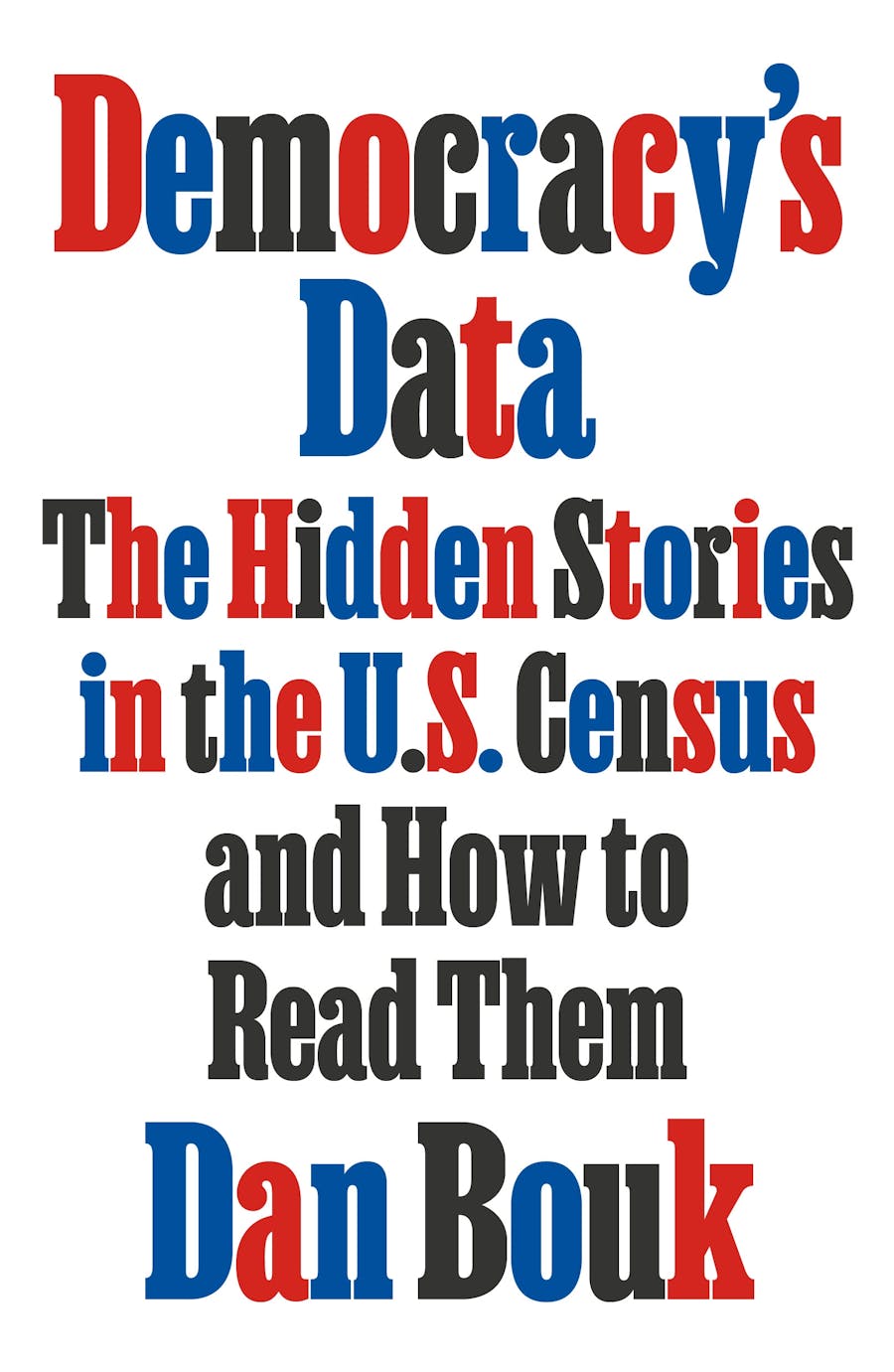 |
| Union Christian College |
Researching my husband's Union Army ancestors, I'm trying to wring every detail from every source to make these brief family history profiles come alive and engage readers.
Even though my main focus is their Civil War experiences, I want to portray them as real people with real lives and show descendants how family history and American history are intertwined.
Jacob Wright Larimer's Early Years
Today I've been looking at Jacob Wright
Larimer (1846-1876), who was my husband's first cousin, four times removed.
From Census documentation, land records, vital records, and newspaper research, I learned Jacob was the next-to-youngest child of Moses Larimer and Nancy
Blosser Larimer. Moses was himself the son of an "Ohio fever" pioneer, going on to become an Indiana pioneer farmer.
Unfortunately, Moses died at age 53, leaving his widow Nancy with two teen sons and two teen daughters at home. Seeing a non-family "farm laborer" also in the household during the 1860 Census, I conclude that the Larimers hired someone to help Jacob and his brother work the land.
Civil War History and Family History
According to Civil War chronology, President Abraham Lincoln called for more Union recruits in December of 1864. Jacob and his brother were among the Hoosiers who responded: They enlisted in January of 1865, among the 1,013 men who formed the new regiment known as 151st Indiana Volunteer Infantry.
I consulted multiple sources to follow Jacob and learn what this Union Army regiment did during the Civil War:
Report of the Adjutant General of the State of Indiana;
Wikipedia;
Indiana Historical Bureau;
National Park Service; and Fold3 records.
Jacob and his regiment never engaged in any battles, although the 151st Indiana Infantry did serve on patrols and on garrison duty in Tennessee. Jacob was mustered out in Nashville in September of 1865.
For other ancestors who had extensive Civil War experience, I've pieced together their military actions in a way very similar to the case study
provided by NARA here.
Jacob's Post-War Life
From BMD and Census records, I found that Jacob returned home and married Susanna
Puterbaugh on November 25, 1866. The couple, both in their twenties, had a son and a daughter (plus a third child who didn't live to adulthood). They made their home in Peru, Indiana.
The 1870 Census showed Jacob working as a sewing machine agent. This was interesting because he came from a long line of farmers. On the other hand, sewing machines for the home were fairly new and increasingly popular, so this sounds like a good career move.
Another clue was more surprising: Through Ancestry, I found Jacob listed in the 1871-1872 yearbook for
Union Christian College. UCC was a coeducational college that offered four courses of study: academic (literature, math, history, writing), classical (Latin, Greek, related history, higher math, earth sciences), scientific (chemistry, physiology, higher math, languages), and music (primarily piano but "vocal music is taught gratis.")
College and Civil War Pension
How did a married man with a family find the money and time to pursue an academic course of study at college? According to the yearbook, tuition for one term was $6 (worth $126 in today's dollars).
In addition, the yearbook states: "Soldiers who were disabled in the defense of our Government, during the late rebellion...are entitled to instruction free of charge."
Even though I have no record of Jacob Wright Larimer claiming invalid status, it is
possible he could demonstrate to the college that he was disabled and therefore entitled to free tuition. And then there's a question about distance: Using online mapping, I calculated that the college was 180 miles from Jacob's home. Would Jacob really be able to remain away from his family for months at a time in the early 1870s, when his children were under the age of ten?
Sadly, Jacob died at the age of 29 in May of 1876. His Civil War Pension record indicates that his widow Susannah filed for his benefits. Given Jacob's early death (alas, no death cert and so far, no obit), I wonder whether some disability stemming from his military service contributed to his early death.
Soon, widow Susannah found work as a seamstress. Knowing that her late husband's occupation was sewing machine agent, perhaps she used one of his sewing machines to support her two children?



































